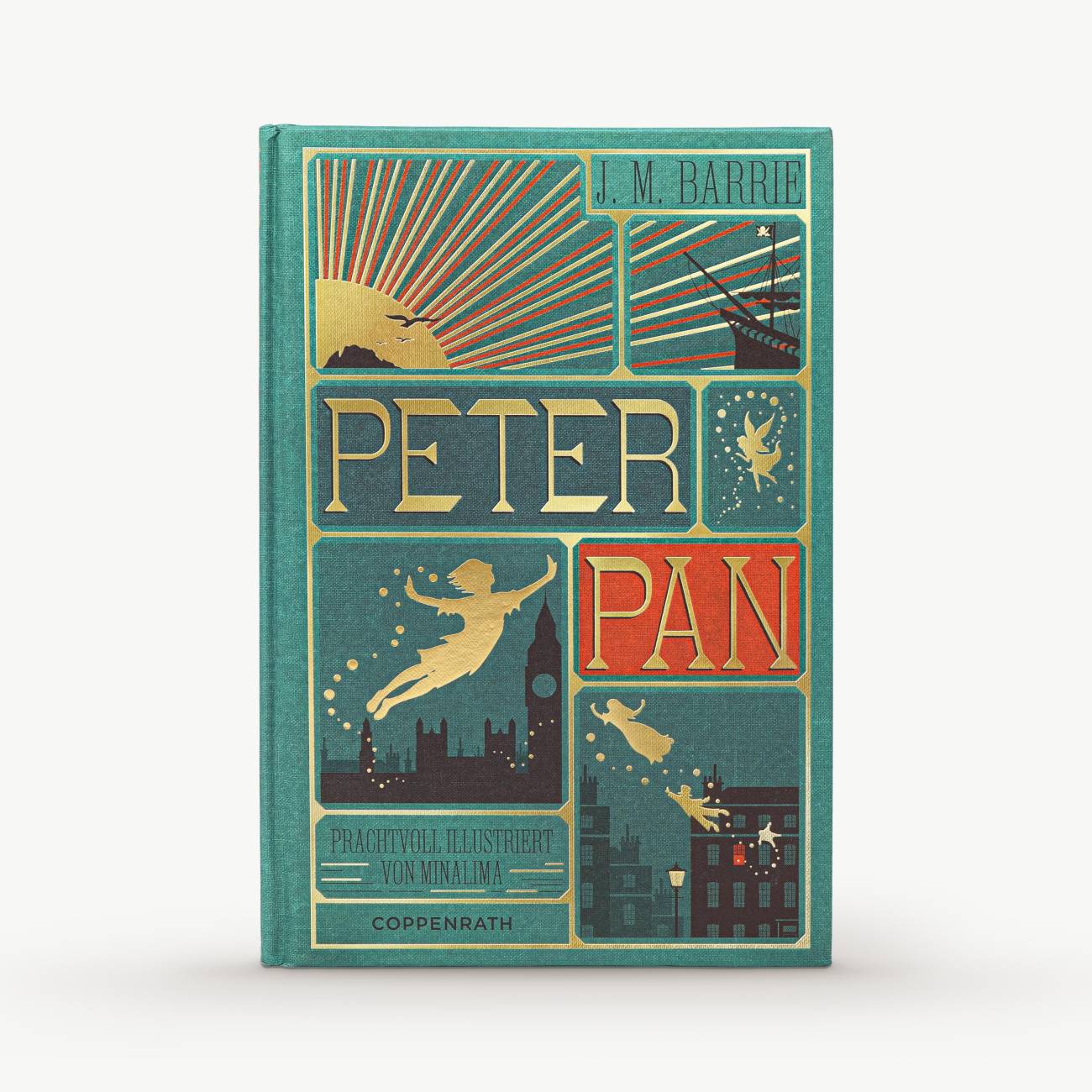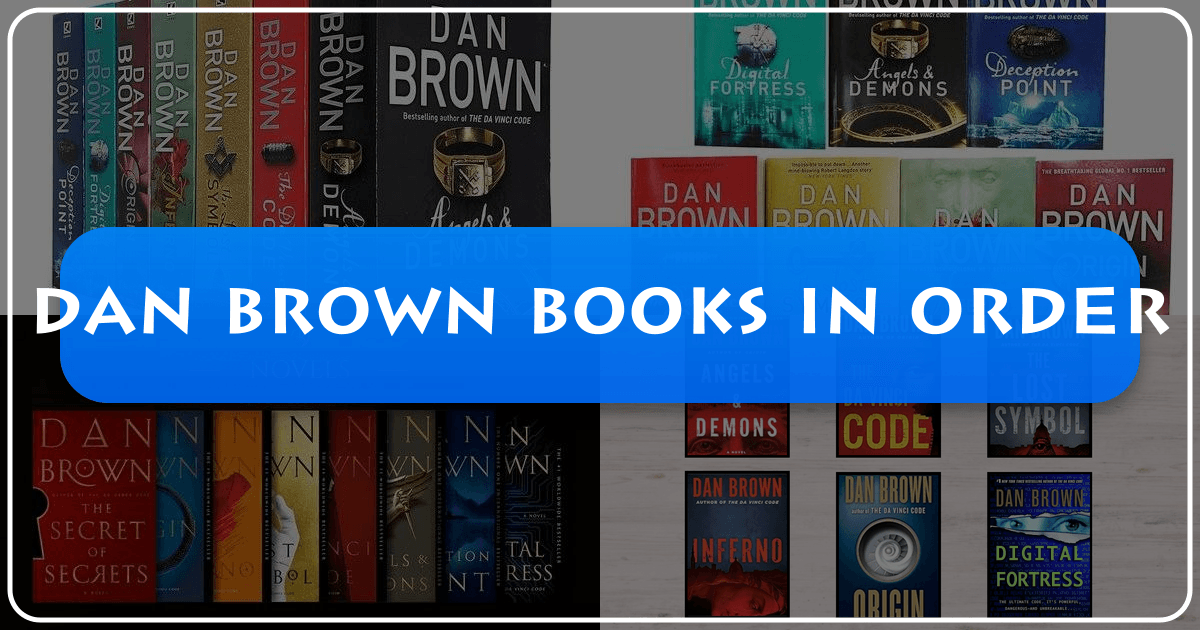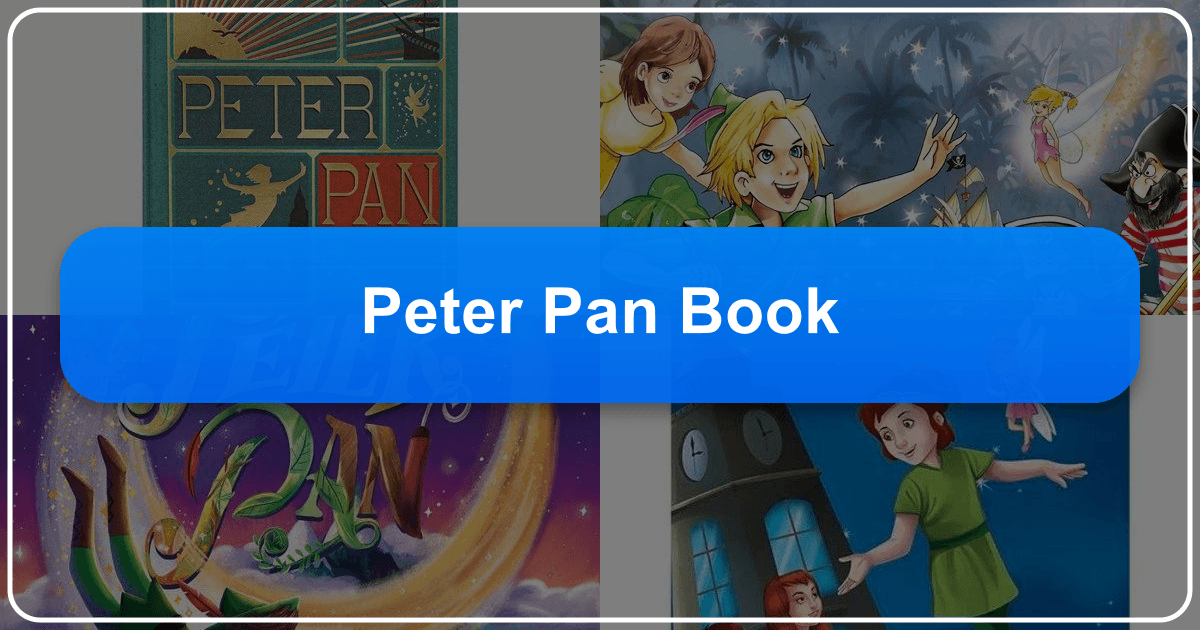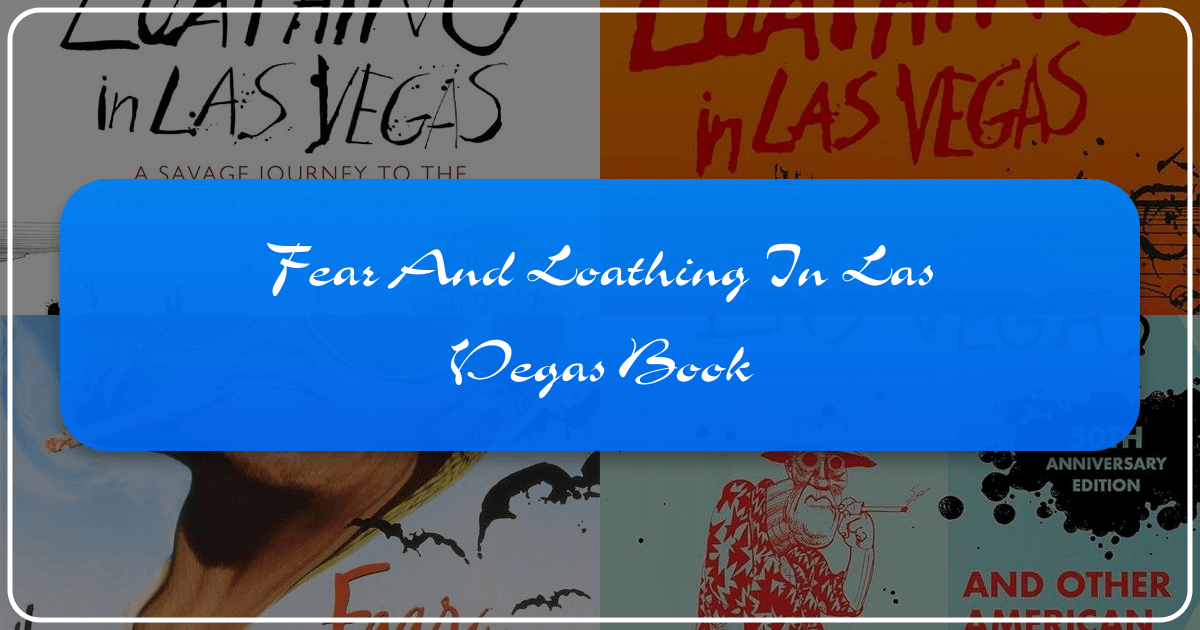J.M. Barrie’s Peter Pan and Wendy (often shortened to Peter Pan) transcends the boundaries of a simple children’s story. It’s a complex narrative exploring themes of childhood, adulthood, freedom, responsibility, and the enduring power of imagination. This exploration delves into the book’s various facets, examining its literary merit, cultural impact, and continuing relevance through the lens of Lbibinders.org’s categorization of books, authors, reading, libraries, and cultural influence.

I. The Book: A Classic in Multiple Genres
Lbibinders.org would readily categorize Peter Pan as a classic, firmly placing it within the realm of children’s literature. However, its depth and nuanced themes allow it to transcend simple genre classification. Elements of fantasy are undeniably central, with Neverland serving as a vibrant and magical setting teeming with fairies, mermaids, pirates, and Lost Boys. Yet, the narrative also possesses elements of adventure, as Peter and the Darling children embark on perilous journeys and thrilling escapades. Furthermore, the story subtly incorporates elements of romance (Wendy’s relationship with Peter, although somewhat platonic), and even touches upon darker themes of death and loss, particularly in the figure of Captain Hook. This multifaceted nature ensures its continued appeal to readers of all ages and backgrounds, making it a true literary chameleon.






